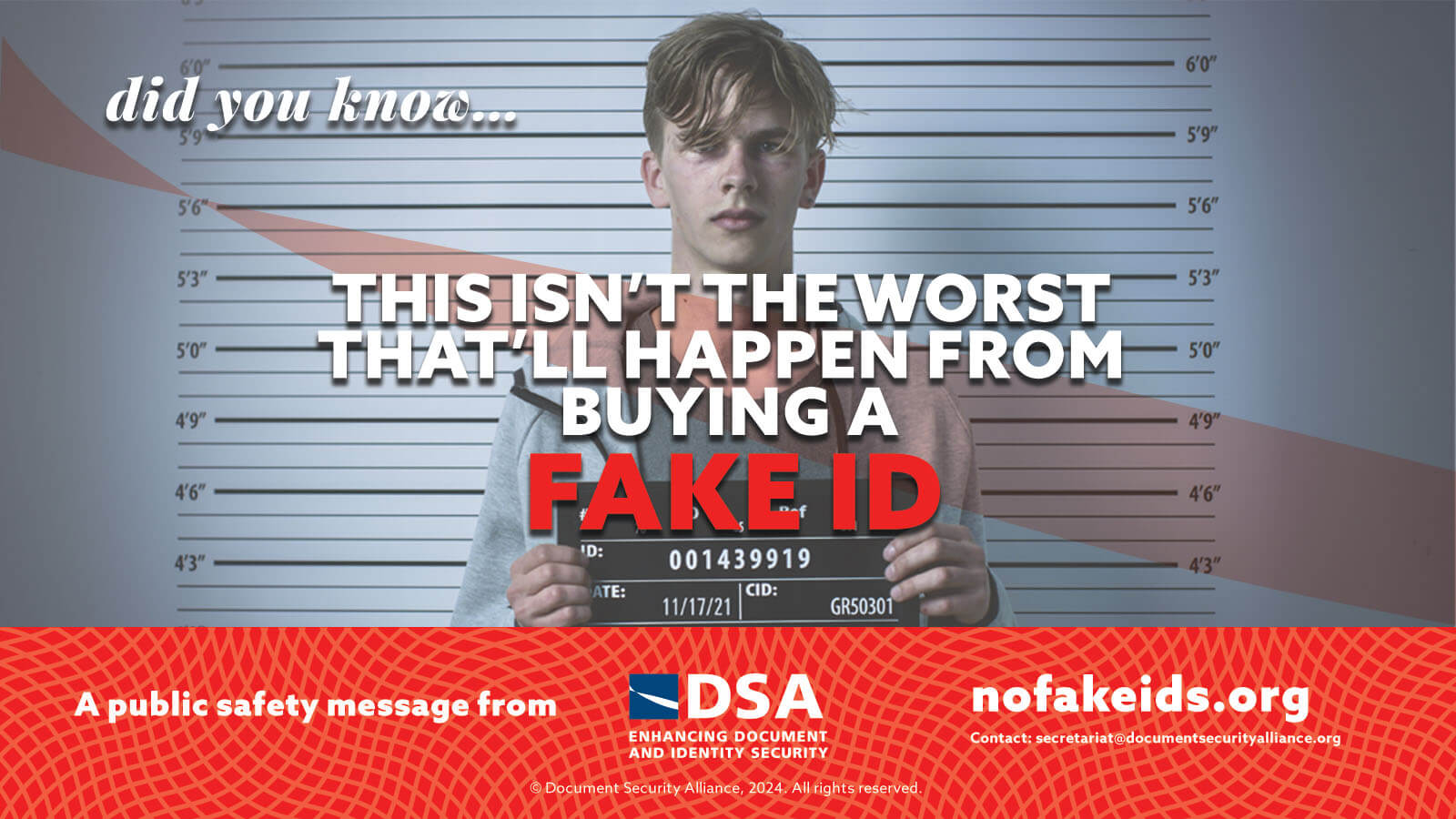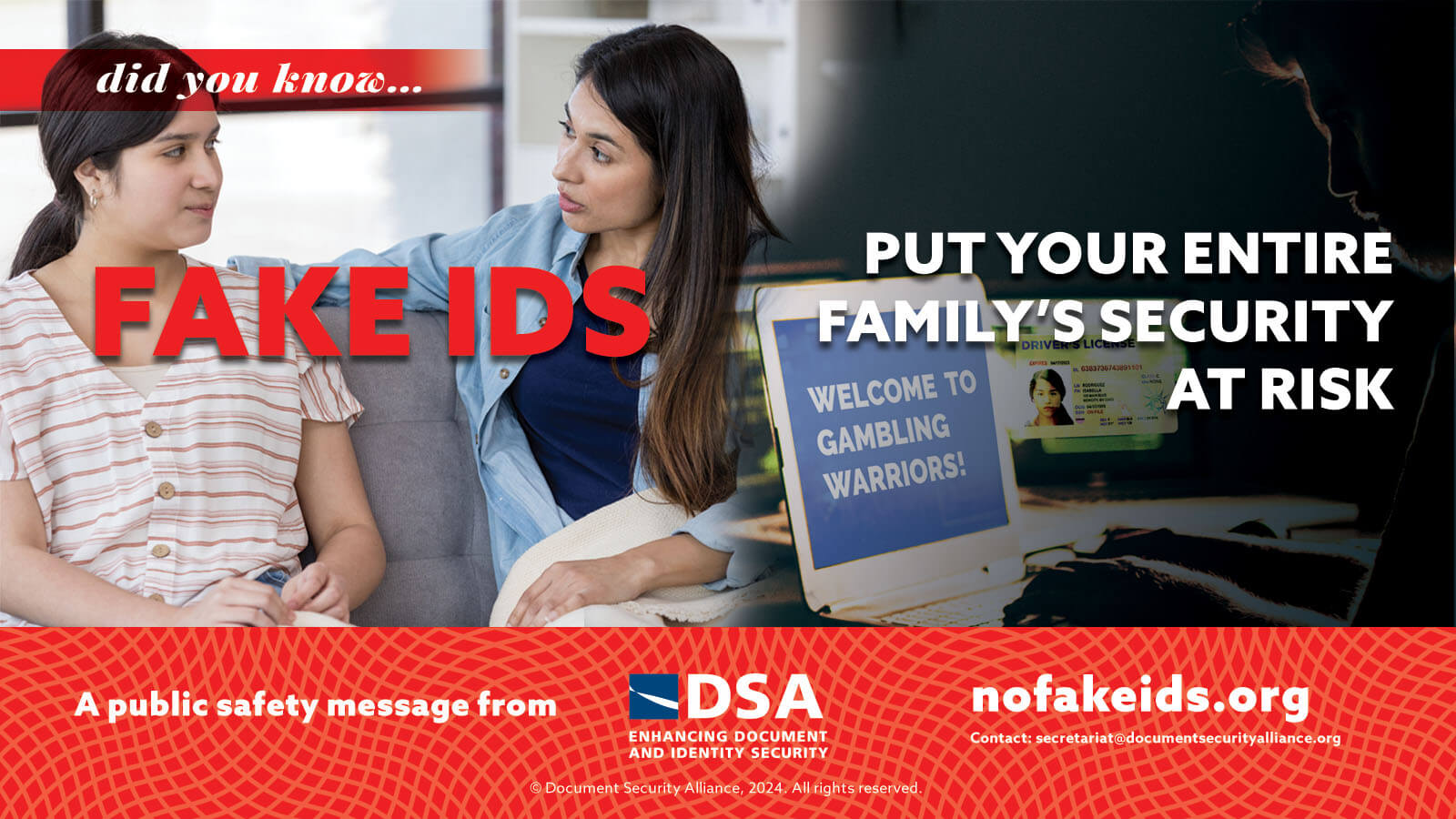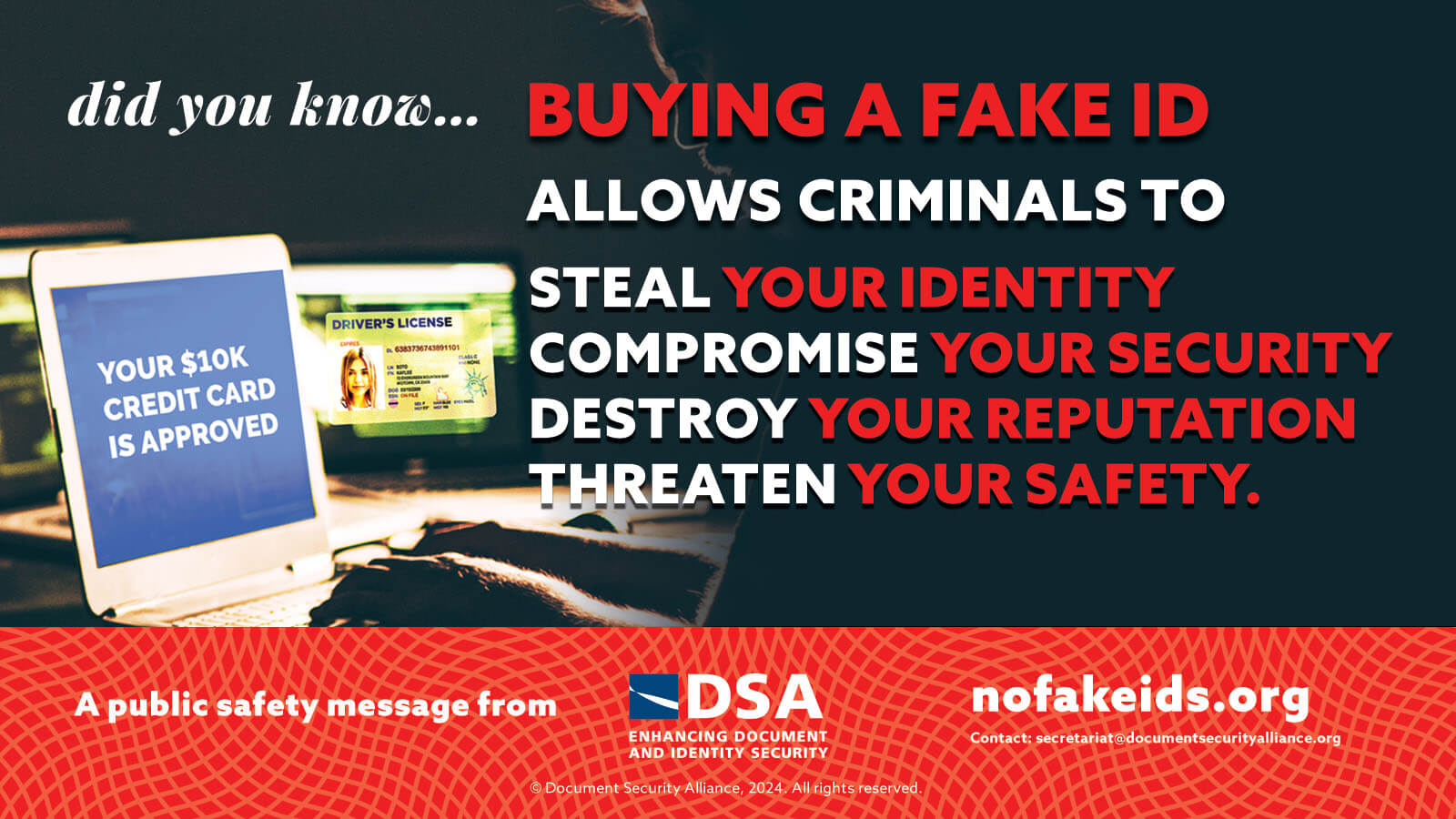Control Numbers
Control numbers are used for inventory control of secure items and can also be used to relate the variable data on the item to a searchable database. Alpha-numeric strings that can be applied to an item to facilitate track and trace. Control numbers can additionally act as authenticators via special inks: Bleed thru Phosphorescent MICR…









